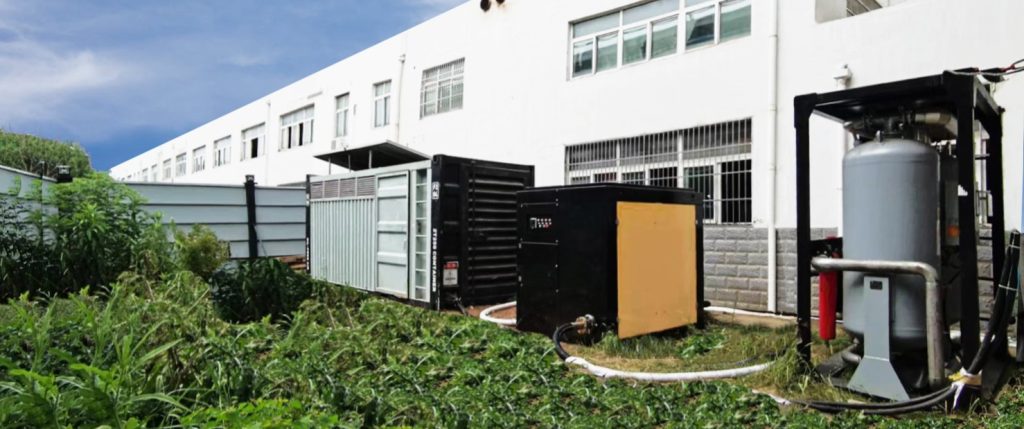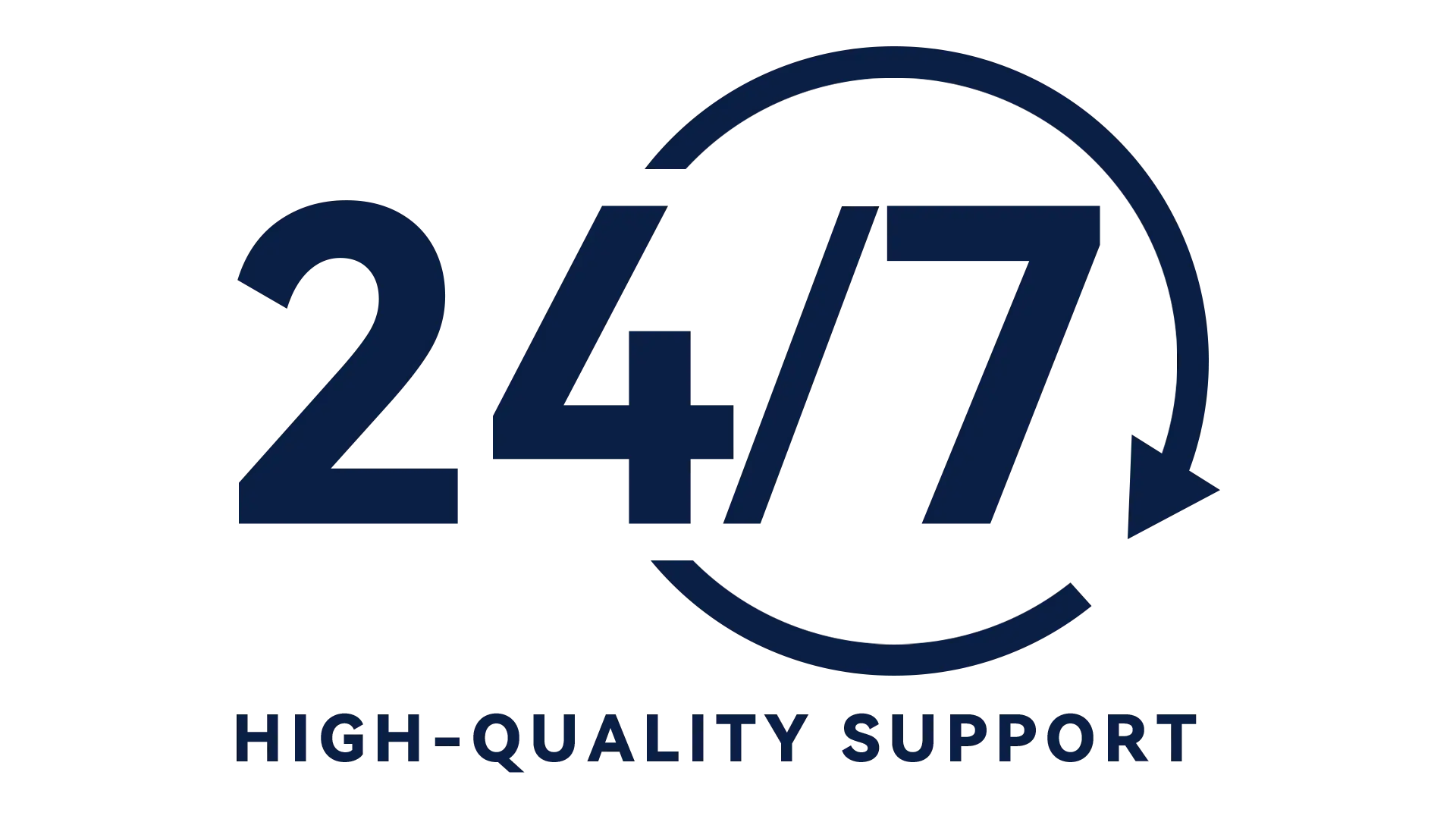A Variable Speed Drive (VSD) air compressor automatically adjusts the motor speed to match the real-time demand for compressed air. These compressors are specifically designed for operations with fluctuating air demand—such as facilities running multiple shifts or varied production processes that require different flow rates throughout the day.
Compared to fixed-speed compressors that always operate at full capacity, VSD air compressors offer several major advantages:
- Energy Cost Reduction: Since the compressor only runs when needed, energy consumption is significantly reduced—often offsetting the extra upfront cost of the VSD system.
- Start/Stop at Full System Pressure: No need to unload the system, saving time and energy.
- No Energy Waste from Idle Operation: Eliminates energy losses during unloaded running.
- No Blow-off Losses: Compressed air isn’t wasted.
- Avoid Peak Current Penalties: Minimizes high inrush current at startup.
- Stable and Lower System Pressure: Reduces air leakage and ensures better pressure control.
In a typical compressed air system, electricity accounts for approximately 70% of the total ownership cost. While the purchase price of a VSD compressor is higher than that of a similarly sized fixed-speed unit, its energy-saving capabilities often result in a quick return on investment. Depending on application and compressor size, VSD technology can reduce energy consumption by 35% to 50%, potentially saving thousands to tens of thousands of dollars annually. Many governments and utilities offer incentives—like rebates, tax credits, or interest-free loans—to encourage companies to adopt energy-efficient VSD technology.
How a VSD Compressor Works
A VSD system uses an inverter to adjust the compressor’s RPM in response to actual air demand. Instead of delivering full voltage directly to the motor (as with standard AC compressors), the inverter supplies variable voltage based on pressure feedback. An onboard controller continuously monitors pressure and adjusts motor speed accordingly.
The core system comprises an electric motor and a screw element (air end). In rotary screw compressors, the air output and power consumption are nearly proportional to motor speed, making VSD highly effective for saving energy. As the motor speed changes, so does the screw rotation speed—producing only the air that’s needed.
Traditional VSD systems use induction motors with gear-driven air ends. Modern VSD+ designs, however, incorporate integrated permanent magnet (iPM) motors that share a rotor with the screw element, forming a direct-drive setup. This configuration is compact, energy-efficient, and quiet. The entire drivetrain is oil-cooled, further enhancing energy efficiency. Compared to unloaded compressors, iPM-based systems can cut average energy use by up to 50%, and their vertical design reduces footprint by 55%.
When Is a VSD Compressor the Right Choice?
VSD compressors are ideal for environments with fluctuating air demands. They help avoid energy waste from constant full-speed operation and provide precise air output that aligns with consumption—maximizing efficiency and minimizing cost.
When a VSD Might Not Be Ideal
If your air demand is consistently stable, a properly sized fixed-speed compressor might be more efficient. When the load stays within 5% to 10% of the compressor’s capacity, fixed-speed units can outperform VSDs. Also, VSD compressors aren’t designed to run at full speed continuously, as inverter switching losses may result in reduced efficiency under such conditions compared to fixed-speed models.


